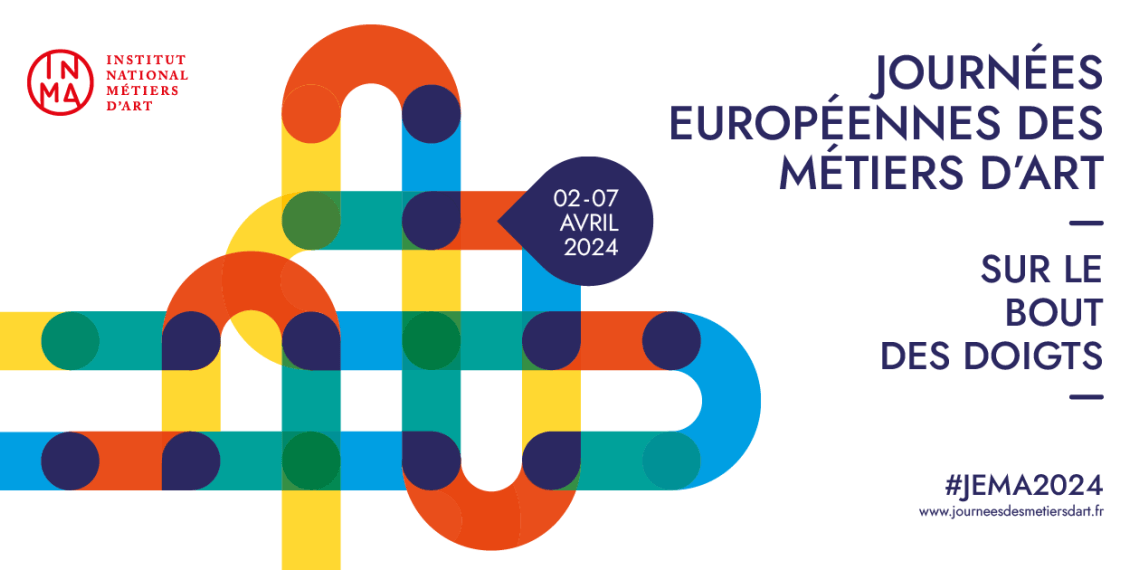European Artistic Crafts Days
The European Artistic Crafts Days will be taking place from 2 to 7 April 2024 with events all over France and a special focus on the Auvergne-Rhône-Alpes region. At European level, it is Portugal that will be celebrated. The theme this year, for the 18th edition, is “Little Fingers, Expert Hands”.
What are the European Artistic Crafts Days?
This is an event created in France in 2002 by the Institut National des Métiers d’Art so that the public can meet and discover the work of artisans and craftspeople in their region. In 2012 it took on a Europe-wide dimension and is now organised in some twenty different countries, making it the largest international event dedicated to the artistic crafts.
Each new edition is an opportunity to celebrate local skills by highlighting different local initiatives whilst also reinforcing the European dimension of the event. Craftspeople all over will be opening their workshops to anyone who wants to come and see what they do.
Didier Clad is taking part in the European Artistic Crafts Days
Didier Clad is an Alsatian artist who has won several awards, including the Métiers d’Arts prize for copperplate engraving in 2000 – Sema, Paris. He is a plastic artist, intaglio printmaker and publisher of artists’ books, and he has been selected by the Institut National des Métiers d´Art to take part in the 2024 event.

During the visits to his workshop, among other things he will be presenting his collection entitled “Bestiaire”, which currently consists of 16 colour prints on Velin d’ARCHES® 50 x 60 cm paper in a copper case.

Each print depicts an animal, a souvenir of a brief encounter in Kruth, the village where he lives in the Alsatian Vosges mountains. This year he has added two new prints to the collection.

© Didier Clad – “Corneille, Bestiaire” (Crow), intaglio print on Velin d’ARCHES® paper
Intaglio printing encompasses a number of different techniques (etching, engraving, aquatint, diamond and drypoint) where an image is incised into the surface of a copper plate. The print is obtained by inking and then wiping the plate. The ink is deposited in the incisions, and is transferred when the dampened sheet of paper is pressed hard onto the plate, forcing it into the grooves where it absorbs the ink. Colour prints are produced by using two copper plates incised using any of the intaglio methods one after the other with different coloured inks.
“I soak it in water for a quarter of an hour so that the paper can really absorb the ink in the incisions. After it is printed, each sheet is dried between thick sheets of blotting paper, for a week…”
Didier Clad





